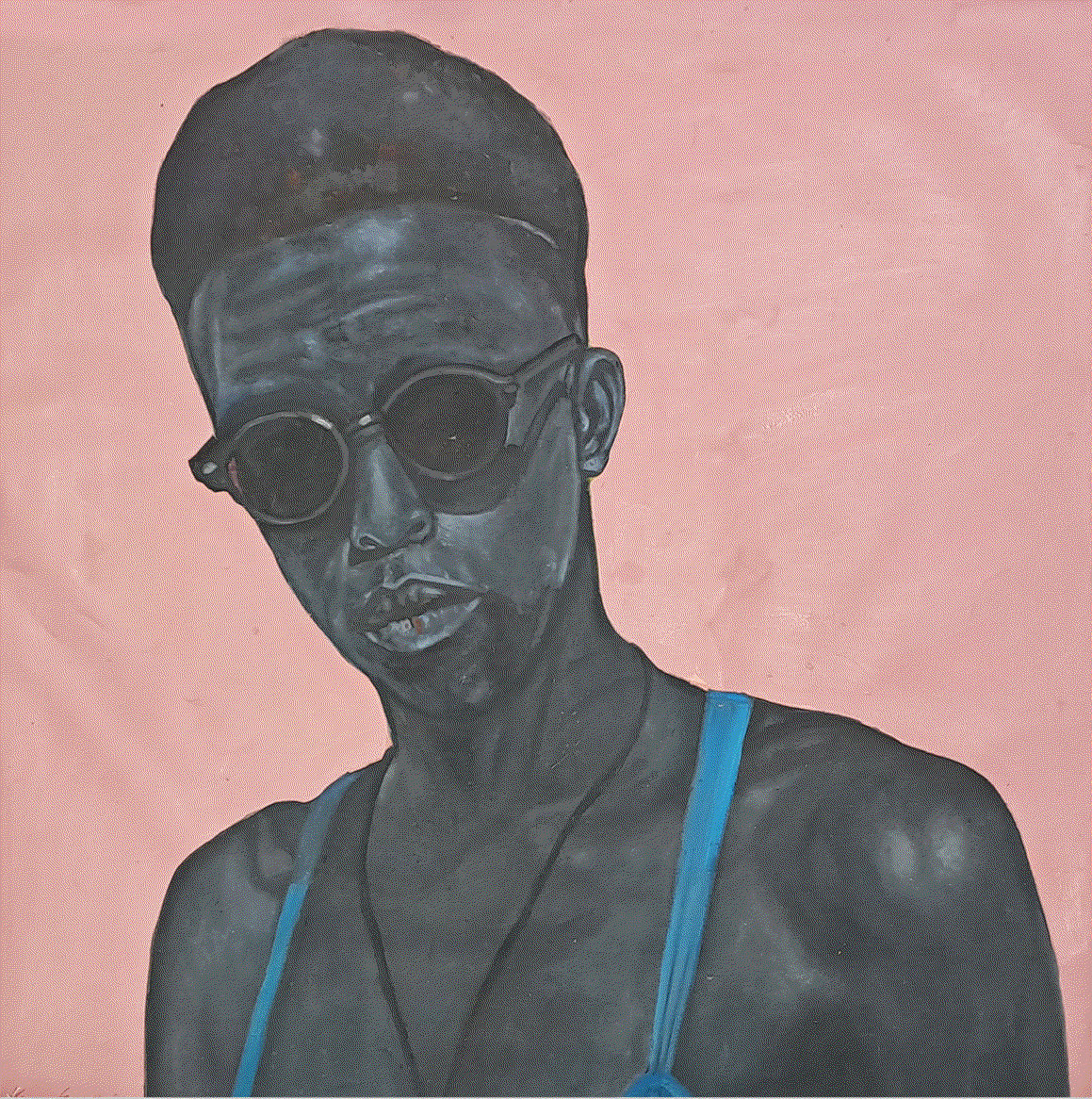-
Q: You have had multiple themes in your early works. Why is that?A: I am the kind of person that really has to do different things, and not stick to one thing. I am the kind of artist that always records what is happening, like when people speak. This way I gather references together and build a concept. Issues like religious contradiction, faction-fighting and witchcraft are things that people do not really want to talk about. But I'm kind of a person that speaks for people. I'm the voice for the voiceless people. Once I painted something that I saw happen in front of my eyes. People have asked about the story because they can relate to what happened to me. To them, I was creating a universal concept.Q: Can you please elaborate on the themes of religious contradiction and faction fighting?A: People really created religion for their benefit. There are a lot of things happening behind closed doors in the church, but people are just not speaking about it. People are fighting for positions in the church to gain profit. There is a want to be on top to get what they get from people, from the congregates.For example, the pastor might not have a car and then the congregates give money to buy the pastor a car. Then we find that someone needs a kidney or a liver transplant and the cost of the transplant runs up to R250, 000. Then money is not given, instead we say that the person needs prayers. My question is why money is not donated by the church, by the community to help the poor person who needs to live but there is money given to buy a car for the pastor. These are the kind of questions that have about the church and for me, the answers never really make sense.Q: Can you please elaborate on the theme of Witchcraft ?A: Witchcraft comes into the world in different forms. If your heart is not pure and if you do something wrong to another person - to me that is witchcraft. But other people interpret it in a different way. If you live in a township, there are stereotypes about witchcraft and and then sometimes it is even taboo.Q: Your recent work is investigating social inequality, particularly in township communities. Would that be tracing the root and history of social inequality?A: I am speaking about social issues that are more domesticated. Something that is happening in our Black family structures is that if you are not working, you are differently treated in comparison to someone who is working. This is despite coming from the same mother, the same womb. There is discrimination that can cause hatred.Q: Your works are looking at the plight of the working class. In what ways do you think that art can highlight dynamics of power?A: That's a big question. Art can highlight the dynamics you mentioned. Art is therapy to those who are helpless as well. In South Africa, it’s not easy to get a job, even people with degrees who graduated are not getting any jobs. Then we consider those who pass matric that never continue with their studies or drop out. We must find a way to work together as a nation, to help each other, because South Africa is a country that is rich in terms of minerals and resources.Q: Your works are very bright. Can you share the reason behind your choice of colour palette?A: The bright colours symbolise hope. I want to give hope to people. I do not like to paint with dull colours because when people see my work, I want them and myself to be healed.Q: Some of your works seem to embody the surrealist art movement. If that interpretation is correct, can you say why you are inspired by surrealism?A: I've been inspired by quite a lot of different artists and art movements, but I don't want to dig European graves because most of the serious art system comes from Europe.Q: Why the shift toward abstract art?A: I love the abstract. Abstract is a journey; like a map taking you to some place you definitely don't know. I have been doing abstract commissions for many years, but I never really brought it into the gallery space. Also as I mentioned earlier, I do not like to do the same thing over and over again. I love to change things, to see, to learn, because as an artist you never really stop learning. I did try something new, in terms of experimenting with colour in informing marks. Now I am trying to combine the two elements, the portraiture and the abstract to see what will come out.



